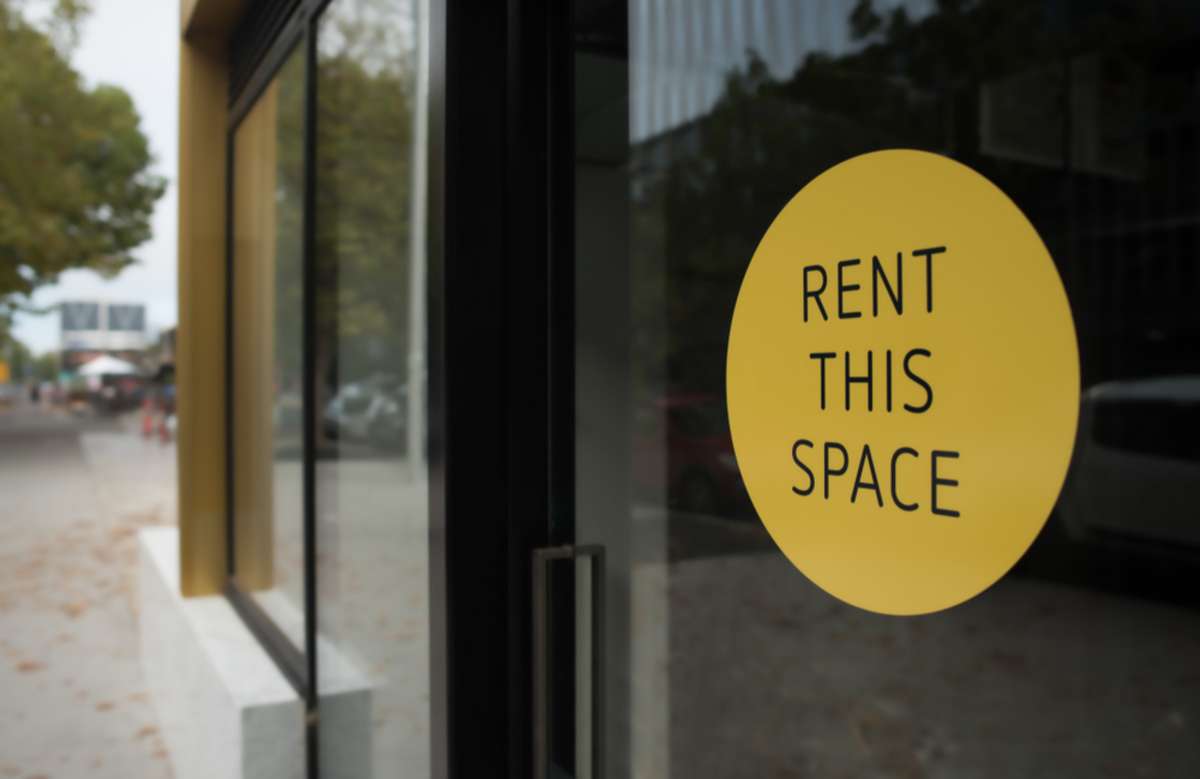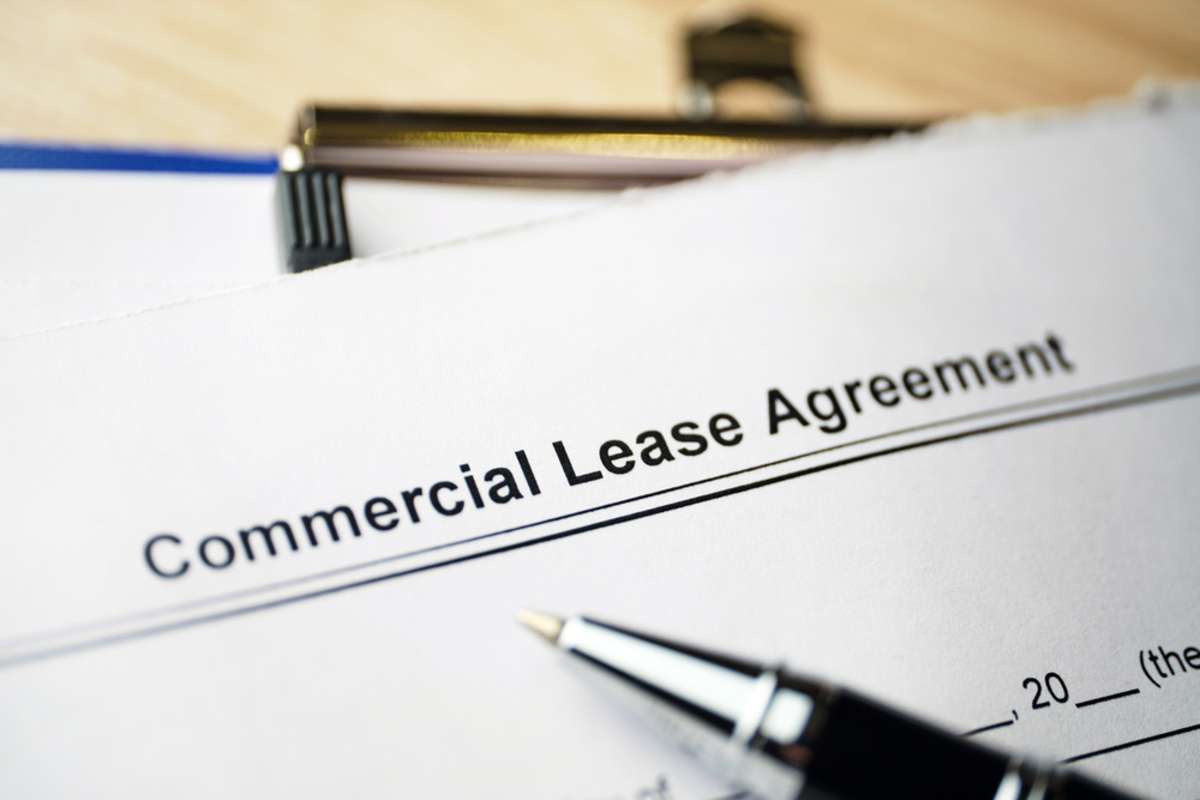Tenant Resources
Rentable vs Usable Square Footage Space for Commercial Properties

Is a square foot really a square foot?
When it comes to commercial real estate, there are different classifications for the space and area of your building, falling under the headings rentable vs. usable space. While it might not seem like much, knowing the difference between these figures is integral to negotiating your lease and what you pay for rent.
Choosing commercial space for your business is one of the most critical steps in your journey, so it's essential to understand precisely what you're getting into (and what you're paying for).
This blog looks at the difference between rentable and usable square footage, why the distinction is important for commercial tenants, and a property management company that helps tenants determine the suitable space for their businesses with transparent negotiations and ongoing support.
What Is Usable Square Footage For a Commercial Space?
Usable square feet refers to the total area of your business space. Another way to think of it is everything within the walls of your specific suite, including storage areas, restrooms accessible only by your employees and customers, and kitchens exclusive to your space.
It's an important measure to know in the case of multi-tenant spaces or leasing a partial floor shared space. Usable square footage is the factor to consider when determining whether the area is sufficient for your business activities, employees, customers, services, or any other commercial activity that will take place within the space.
 What Is the Rentable Square Footage of a Commercial Space?
What Is the Rentable Square Footage of a Commercial Space?
Rentable square feet refer to the usable square feet plus some of the building's communal space within shared areas.
These spaces may include but are not limited to:
-
Public-access bathrooms outside of your designated suite
-
Hallways
-
Stairwells
-
Lobbies
-
Cafeterias
-
Gyms
-
On-site property management offices
This commercial rental space will be the measurement on which you pay rent as these areas are considered communal to the tenants.
What Is the Load Factor?
For office or retail business space, the load factor refers to the increase of rentable space from usable space. These amounts can vary from around 12-25%. Larger commercial areas such as high-rises often have a more considerable discrepancy between the two square foot classifications and, as such, will be more costly.
When evaluating a new space, it's integral that you understand the load factor. A deal that may look good on paper regarding the usable square footage, but it may also have a higher load factor and be more costly to rent.
How to Calculate Rentable Square Feet Using the Load Factor
Knowing how to calculate the load factor ensures you settle on the suitable space at the right place.
For example, let's say there is an office building with a total approximate building square footage of 200,000 square feet. Within this building, there are common areas such as hallways, stairs, and communal conference areas that occupy 40,000 square feet.
When you lease 20,000 USF of a 45,000-foot floor in a high-rise office building that has an 18% load factor, you would calculate rentable square footage with the following formula:
- RSF = 20,000 USF x (1.18) = 23,600 rentable square feet
An example of calculating the load factor would be when you lease 21,000 rentable square feet, then the usable square footage is 18,000. In this case, the load factor = 21,000 RSF / 18,000 USF = 16.7% load factor
Why Is the Distinction Important?
While landlords and property managers may lead with and focus on rentable square feet, it is essential also to clarify the usable square feet number to determine how appropriate the space is for your business needs.
At the same time, rentable square feet is the number that your rent will be based on and is more critical concerning accounting and budgeting. Therefore, when scouting out potential locations for your business, ask for both numbers.
Regardless of your approach, determining the square footage is only part of the process, and whether you're looking for the best commercial real estate Baltimore, MD, or Washington D.C., offer, partnering with the right commercial property group is the most efficient way to lock down the space of your dreams.
Additionally, taking time to do deep research, settling on the right location, and negotiating the best deal are all part of giving your business the best chance of success.
 Trust the Experts to Help You Lock Down a Commercial Rental Space
Trust the Experts to Help You Lock Down a Commercial Rental Space
Understanding the differences between usable and rental real estate space is one part of a long and sometimes complex journey. Commercial rent negotiations can be stressful and emotionally charged situations at a time when you've got many other considerations for the success of your business.
If you want to focus on the essential things (like getting our business up and running), then let Kenwood Management help. Once you've signed that dotted line, we believe it's only the beginning of a long and mutually beneficial relationship as part of our Kenwood Community.
Contact the team today for guidance, from locating your property to maximizing your business returns.
Or to learn more about commercial real estate leasing and how you can make it work for your business, download our free "Guide to Choosing Your Next Office, Warehouse, or Flex Space."

